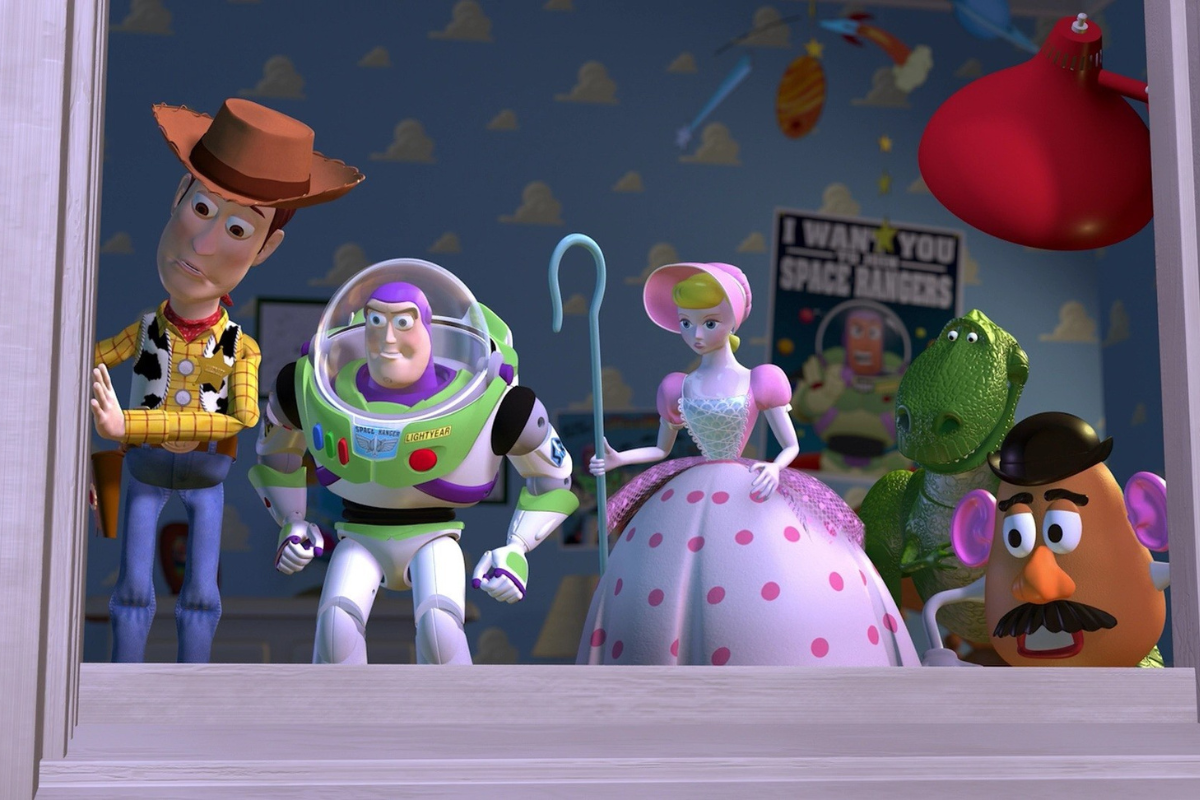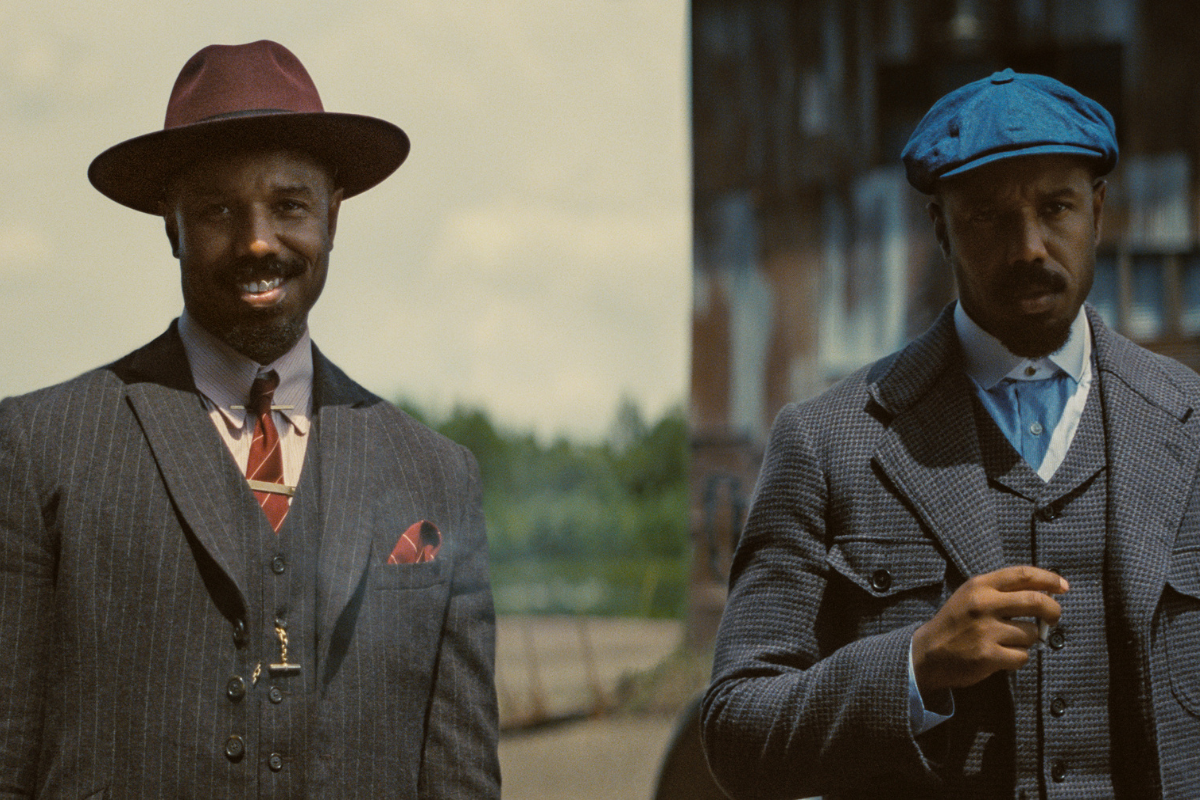How to Structure a Screenplay – In Defense of “Formula”
Multiple Emmy Award-winning screenwriter Erik Bork (BAND OF BROTHERS) defends SAVE THE CAT and other story “paradigms” as helpful tools, but not panaceas.
Writers often rebel against the idea that a screenplay should follow a specific dramatic structure – especially one with prescribed pages where certain story “beats” should occur. The most popular current “story template” is the “Beat Sheet” from Blake Snyder’s Save the Cat books. The author’s cheeky insistence that, for instance, the story “Catalyst” should happen on page 12 of a 110-page screenplay (not page 11, or page 13) rubs some people the wrong way – and might appear to the casual reader to suggest that a screenplay is a mechanical creation where one inserts Tab A into Slot B, and, voila!, a compelling finished product emerges.
If only!
Some professional readers of scripts might also complain that they can spot a script that relies too much on such a “formula” – that they seem cookie-cutter and uninspired. Some would even blame Save the Cat for causing Hollywood to create formulaic movies. It’s also not uncommon to hear professional screenwriters pronounce such a tool as a crutch, or even snake oil – and a detriment to creating something compelling and original. They might argue that THEY don’t need such “how-to” guides, and also point to certain great movies which don’t seem to follow these “beats”. They might view with great suspicion relying on any “system” for understanding how a screenplay is “supposed” to work.
As you might guess from my title, I disagree with all this.
Actually, it’s more complicated than that. I actually kind of AGREE with all of it, on one level, while also disagreeing with it, on another. Allow me to explain…
No one should claim (and I don’t think anyone ever has) that “correctly” following the Save the Cat beats (or any other piece of guidance as to how a screenplay story should lay out) will result in a great, or sellable, script. Certainly Blake Snyder never said that. My view is that the “Beat Sheet” and its ilk are educational tools for understanding the basic language of successful screenwriting – not a paint-by-the-numbers system where one just fills in the blanks, and out comes a wonderful work of art. As if that were possible!
There are a lot of theories out there, and a lot of classes, authors and consultants who have studied great screenplays and movies, and noticed certain common elements. The late Syd Field, Michael Hauge, Chris Vogler, John Truby, Robert McKee and the folks behind “Dramatica” come to mind. They all have their own theories and story structure "paradigms". And in my own writing, I have used all of them.
My verdict?
They are all helpful. There are wise truths in all of them. They broadly agree on many points, while expressing them in different ways. And none of them are “the answer.” Because there is no “answer.” (And they would probably be the first to tell you that.)
The real truth, as I see it, is that it’s really hard and really rare for anyone (including professionals) to craft a great screenplay. There are many, many elements that are involved, and understanding the typical “beats” or “three act structure” is just one of them.
But are these concepts actually detrimental or counter-productive to success? Only if one falsely believes that they promise something that they don’t – and if a writer believes that satisfying a certain paradigm’s structure approach is all one needs to do, to succeed. (And does anyone really believe that?)
Yes, there are plenty of scripts which don’t really work, and aren’t really original, compelling or entertaining (or sellable), but which do follow the Save the Cat beats. In such scripts, the adherence to the beats might stick out like a sore thumb, as the one thing the writer was seemingly obsessed with – even if the story or writing doesn’t work in a lot of other ways. Readers who notice this might think such scripts are the only ones that follow those beats. But they would be wrong. It’s just that in the really good scripts, one doesn’t really NOTICE the beats, because the reader is caught up in the really effective story, characters and writing – and the “beats” don’t stick out and call attention to themselves.
I also think the most accomplished screenwriters have internalized the language of story structure so completely, over so many years, that they might not need these structure tools, and might look down on them. But really it’s because they kind of already know all that stuff, and do it without even realizing they’re doing it. Does that mean that every Catalyst they write will be on page 12? No, but virtually every good script will have a Catalyst-type “inciting incident” (so will most commercial fiction), somewhere in the first of three acts – and it will create a challenge for the main character that builds over the course of the second act to a breaking point, followed by a kind of “final battle” to resolve it, which makes up Act Three. These are just the basics, that virtually everyone agrees on, and Save the Cat simply expands on those basics – in what I think is a helpful way. (Even more helpful, in my opinion, is its view on “genre”.)
Does this mean everyone must use it, or must use any story structure paradigm? No. Just as not everyone needs to study writing in a formal setting, or have a writer’s group, or work with consultants, etc. But what I have noticed (in myself and in most aspiring screenwriters) is that the way forward can seem very murky and difficult – and it helps to be able to refer to what others who came before and studied the craft have come up with, as guidelines for moving through the darkness. (By the way, Blake Snyder studied a vast and varied array of PAST movies in concluding how these “beats” work – as opposed to making a recommendation for FUTURE movies, which caused Hollywood to suddenly become “too formulaic”.)
In my view, the problem with most scripts most writers write is not that they adhere too much to Save the Cat beats, or any other “formula”. It’s that they haven’t winningly applied an understanding of how story, structure and character tends to work in successful movies. And this tool, among others, can assist with that.
But it won’t create a successful script. Unfortunately, we are still pretty much on our own in that.
But I, for one, appreciate the help.
Need Help Outlining Your First Draft? Get our FREE Story Structure Tips Download
Related Articles and Tools to Help:
- More articles by screenwriter/producer Erik Bork
- Invaluable screenwriting webinars (live and on demand) by Erik Bork at The Writers Store
- Drive the Story with One Big Problem by Erik Bork
Scriptmag.com is a participant in the Amazon Services LLC Associates Program, an affiliate advertising program designed to provide a means for sites to earn advertising fees by advertising and linking to Amazon.com and affiliated websites.
Erik Bork won two Emmy Awards and two Golden Globe Awards for his work as a writer-producer on the HBO miniseries Band of Brothers and From the Earth to the Moon, working with executive producer Tom Hanks (and Steven Spielberg, on Band of Brothers). Erik has sold original series pitches to the broadcast networks, worked on the writing staff of primetime drama series, and written feature screenplays for Universal, HBO, TNT, and Playtone. He teaches for UCLA Extension’s Writers’ Program, and National University’s MFA Program in Professional Screenwriting, and has also been called one of the “Top Ten Most Influential Screenwriting Bloggers” for his “Flying Wrestler” site. His 2018 book THE IDEA: The Seven Elements of a Viable Story for Screen, Stage, or Fiction has become a multi-category Amazon best-seller. Twitter: @flyingwrestler







